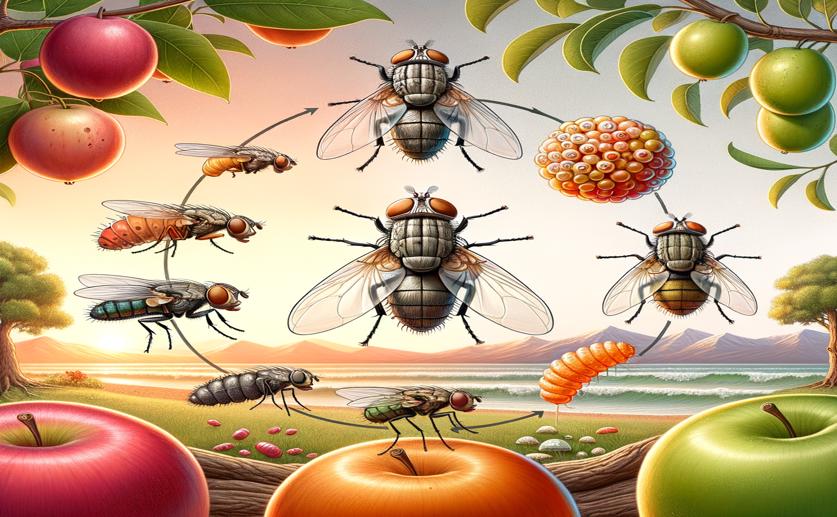
Predicting Fruit Fly Outbreaks with Seasonal Models
Jim Crocker
20th April, 2024

Image Source: Natural Science News, 2024
Key Findings
- In Sri Lanka, the Oriental fruit fly is expected to increase in density from 2020 to 2025
- Predictions indicate a 20% rise in wet zones, 30% in intermediate zones, 26% in dry zones, and 37% in arid zones by 2025
- The arid zone may face the highest fruit fly density, while the wet zone may have the lowest by 2025
References
Main Study
1) Seasonal forecasting of Bactrocera dorsalis Hendel, 1912 (Diptera: Tephritidae) in bioclimatic zones of Sri Lanka using the SARIMA model
Published 18th April, 2024
https://doi.org/10.1186/s43170-024-00241-2
Related Studies
2) Inferences on the population structure and colonization process of the invasive oriental fruit fly, Bactrocera dorsalis (Hendel).
Journal: Molecular ecology, Issue: Vol 16, Issue 17, Sep 2007
3) Genetic analysis of oriental fruit fly, Bactrocera dorsalis (Diptera: Tephritidae) populations based on mitochondrial cox1 and nad1 gene sequences from India and other Asian countries.
Journal: Genetica, Issue: Vol 144, Issue 5, Oct 2016
4) The potential distribution of Bactrocera dorsalis: considering phenology and irrigation patterns.
5) Evidence for competitive displacement of Ceratitis cosyra by the invasive fruit fly Bactrocera invadens (Diptera: Tephritidae) on mango and mechanisms contributing to the displacement.
Journal: Journal of economic entomology, Issue: Vol 102, Issue 3, Jun 2009



 31st March, 2024 | Jenn Hoskins
31st March, 2024 | Jenn Hoskins